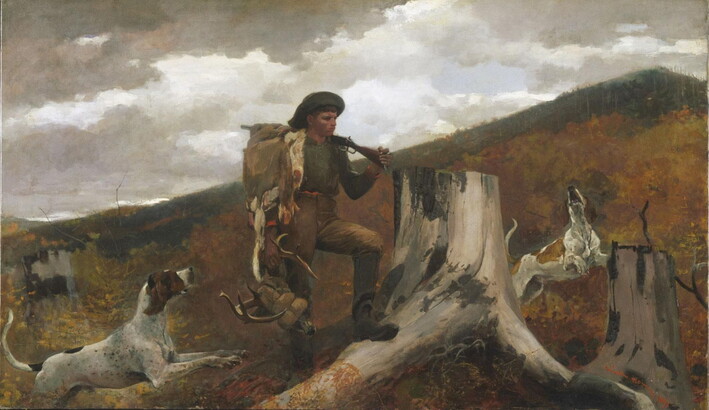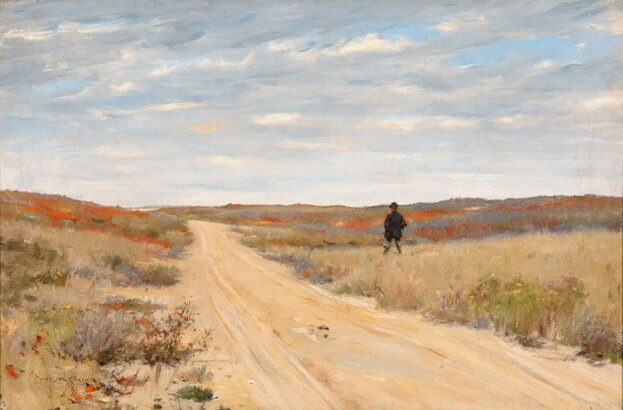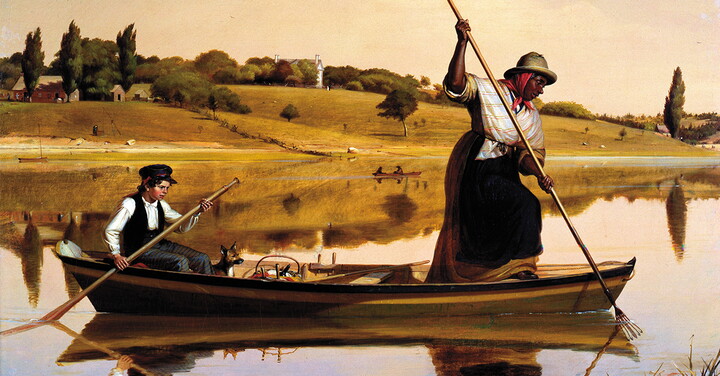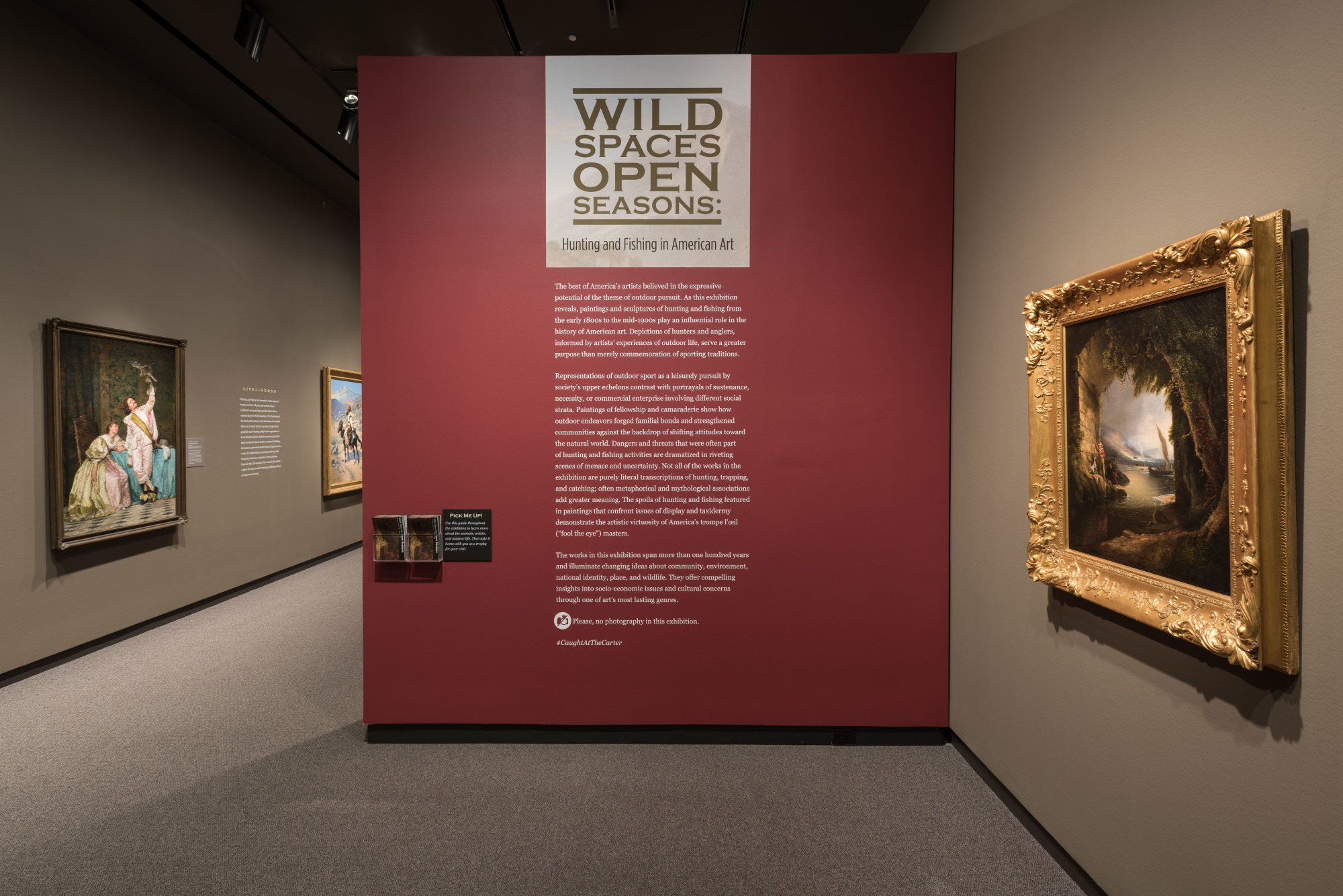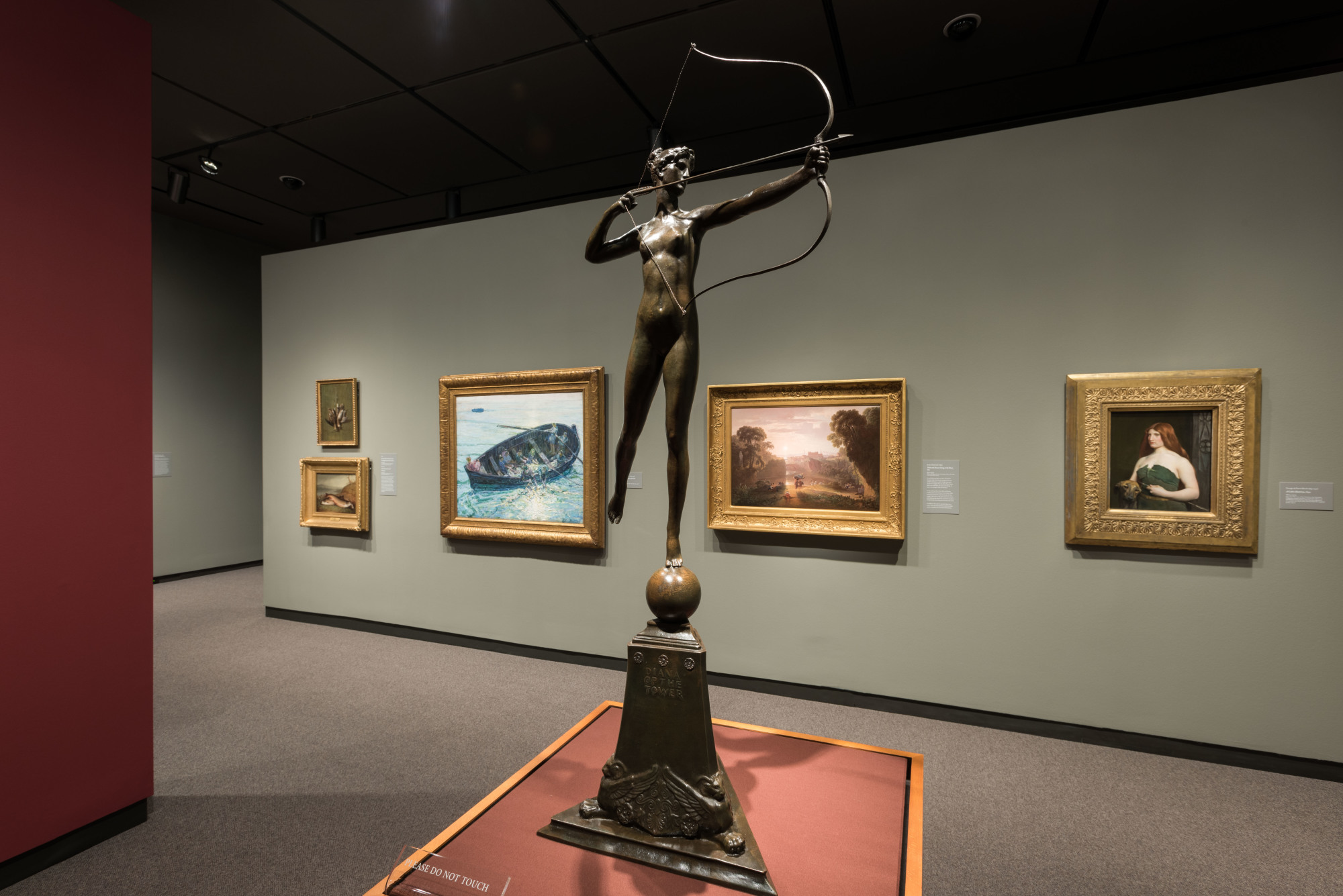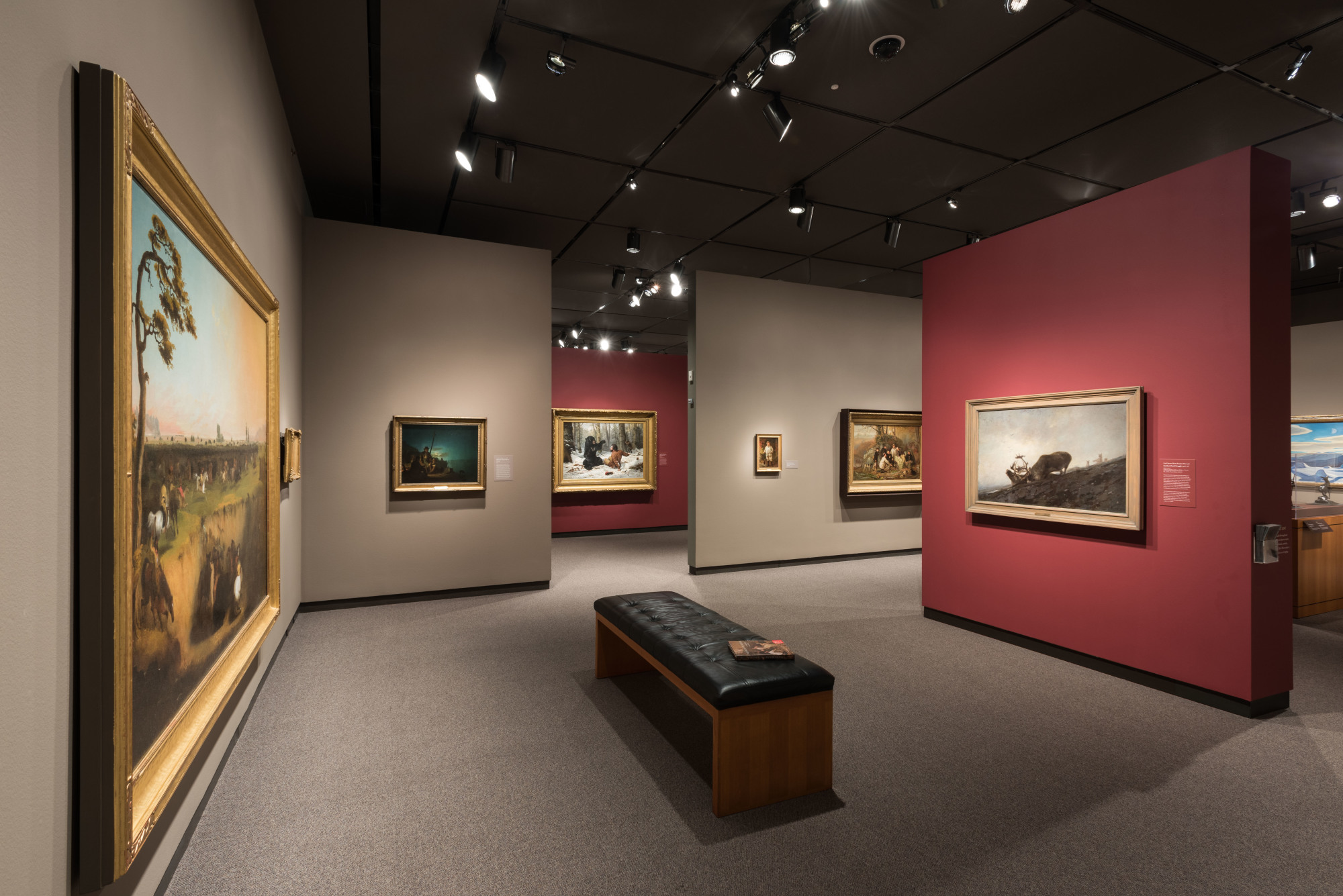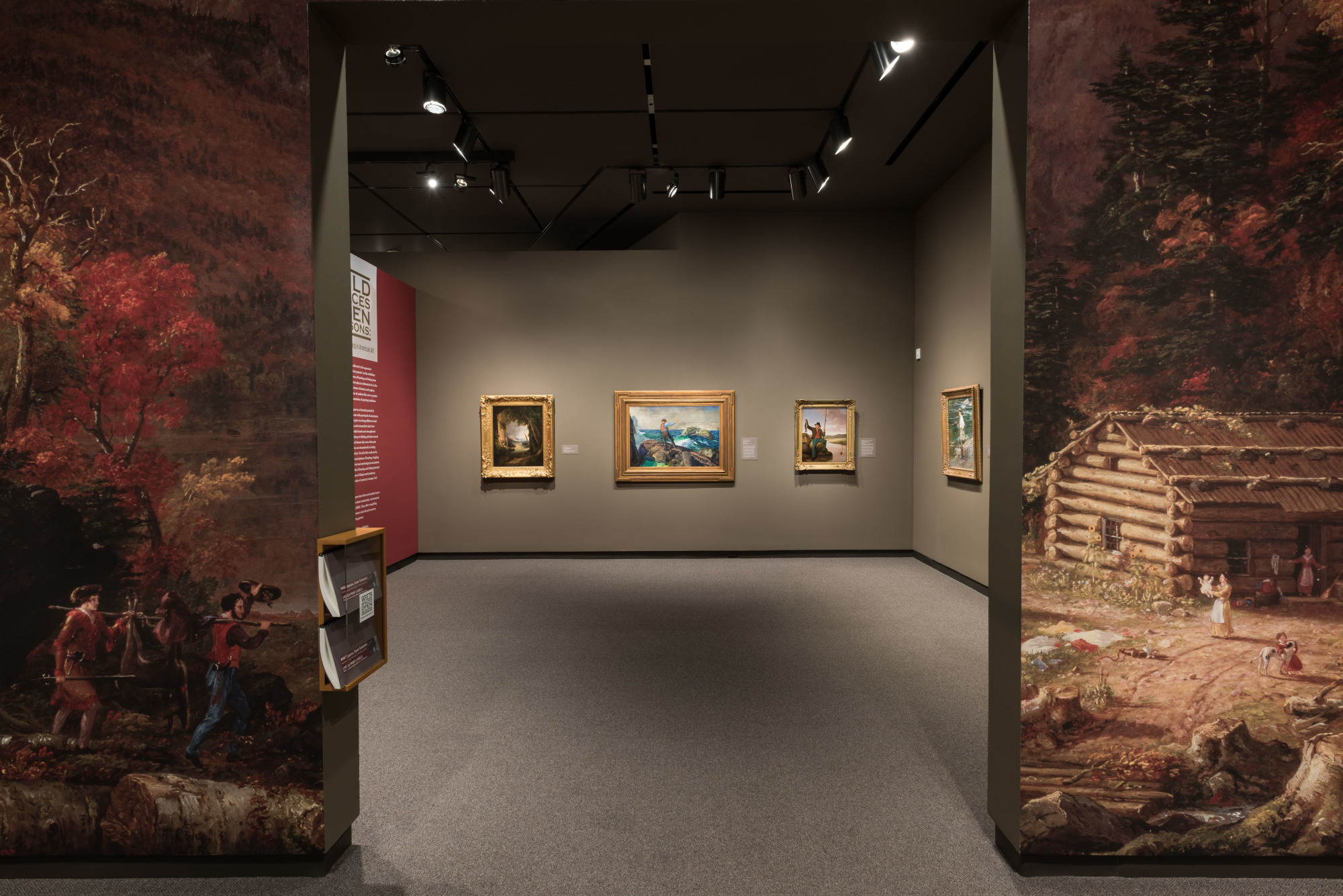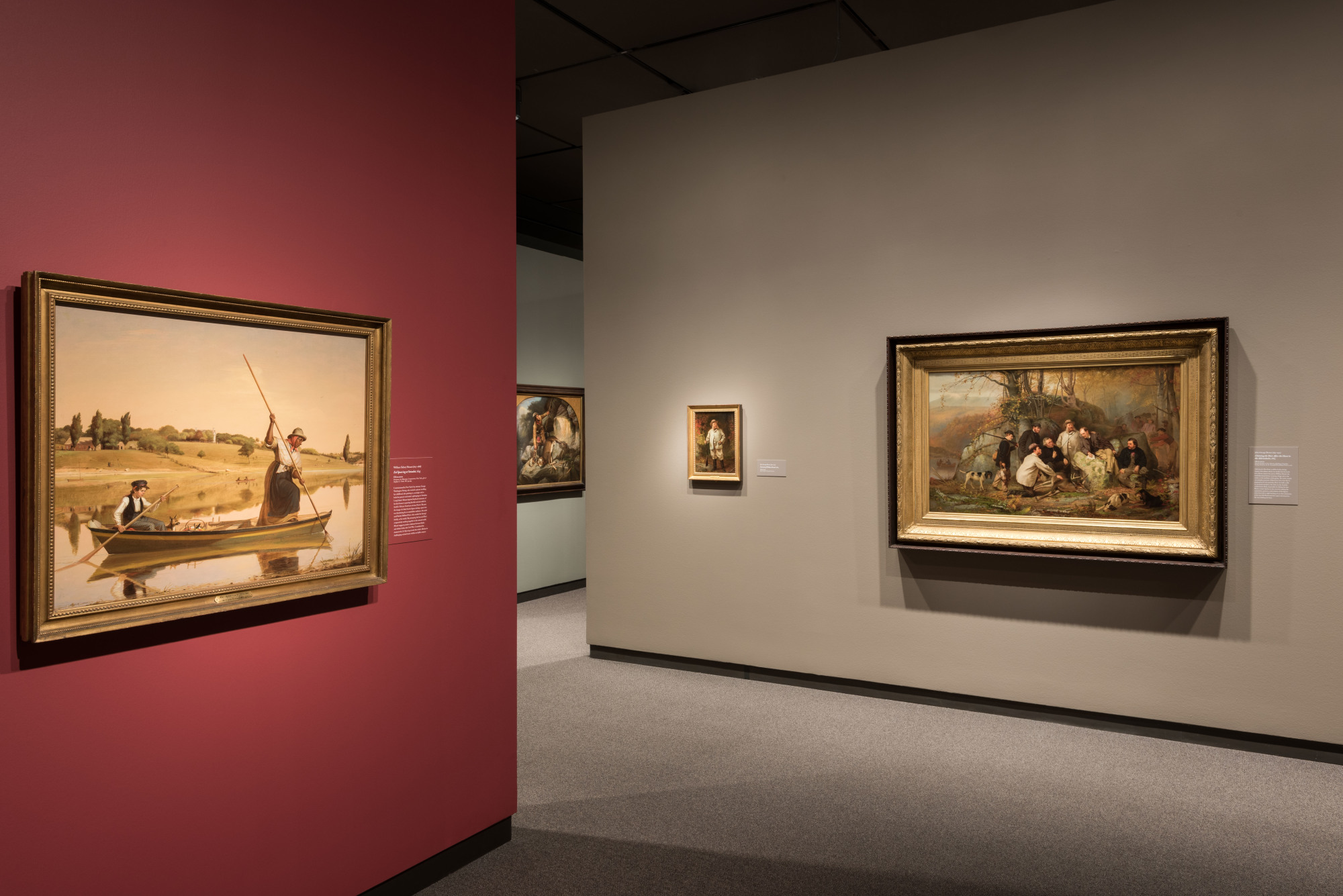Wild Spaces, Open Seasons: Hunting and Fishing in American Art
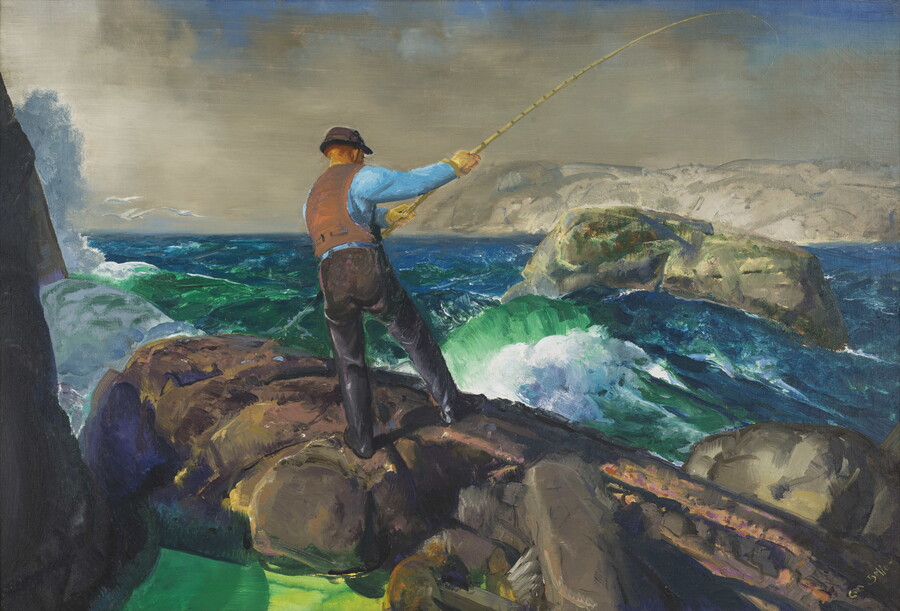
This is the first major exhibition to explore the multifaceted meanings of such outdoor subjects in both painting and sculpture from the early 19th century to World War II. These aesthetically rich and culturally important works play an influential role in the history of American art.
American artists’ fascination with depicting hunting and fishing was often informed by their own experiences as practitioners and was more than merely a way of commemorating outdoor traditions. Approximately 60 paintings and sculptures—some of the finest examples of American art—illuminate changing ideas about place, national identity, community, wildlife, and the environment, offering compelling insights into socioeconomic issues and cultural concerns. Capturing a communion with nature that was becoming increasingly scarce, many artists alluded to the country’s burgeoning industrialization and urbanization.
This exhibition encompasses a wide variety of portraits, landscapes, still lifes, and genre scenes, including iconic works by Thomas Cole, Thomas Eakins, Winslow Homer, and Augustus Saint-Gaudens, as well as key pictures by specialists in the category such as Charles Deas, Alfred Jacob Miller, William T. Ranney, and Arthur Fitzwilliam Tait. In addition, it sheds new light on modernist interpretations of these subjects by George Bellows and Marsden Hartley, among others.
Exhibition Highlights
Slide Controls
Slides
Wild Spaces, Open Seasons is accompanied by the exhibitions Caught on Paper and Hugh the Hunter.
Installation Photos
Click a button below to open in gallery. Activating any of the below buttons shows the installation photos gallery


